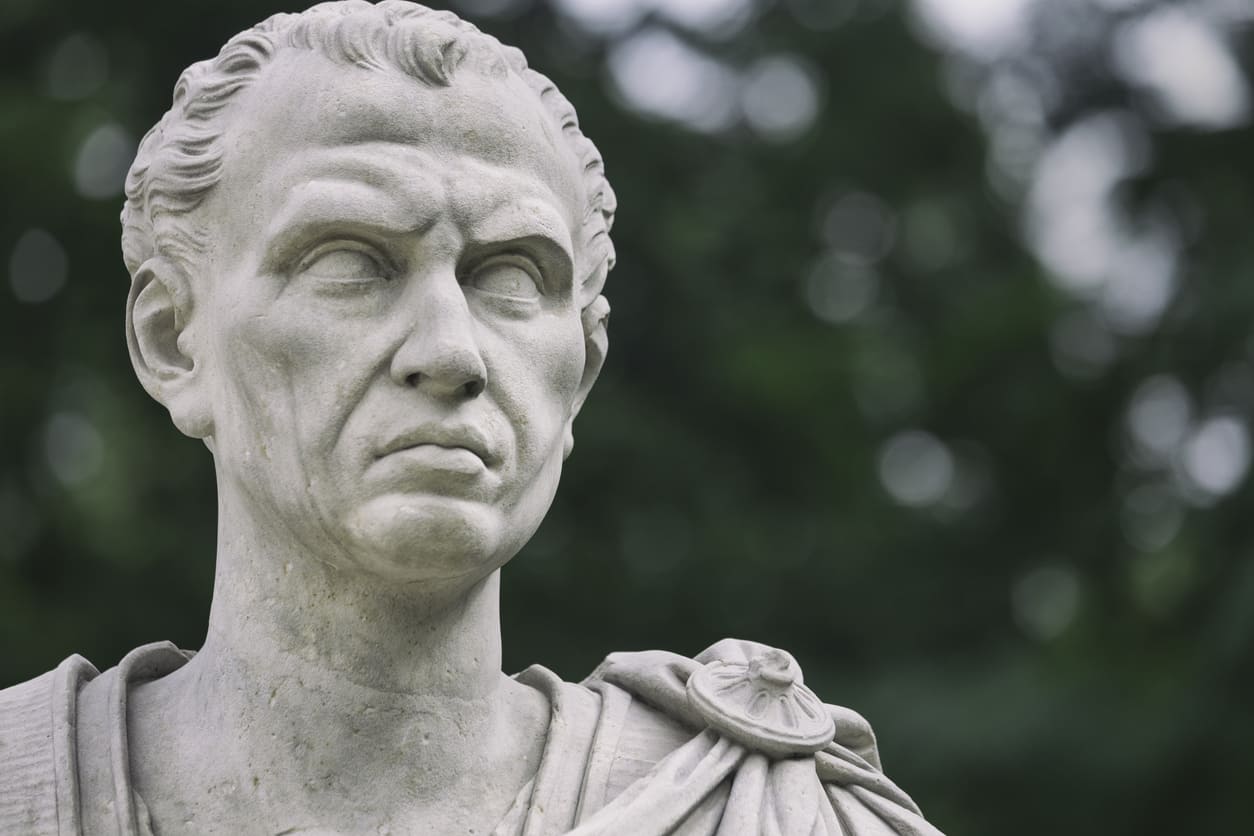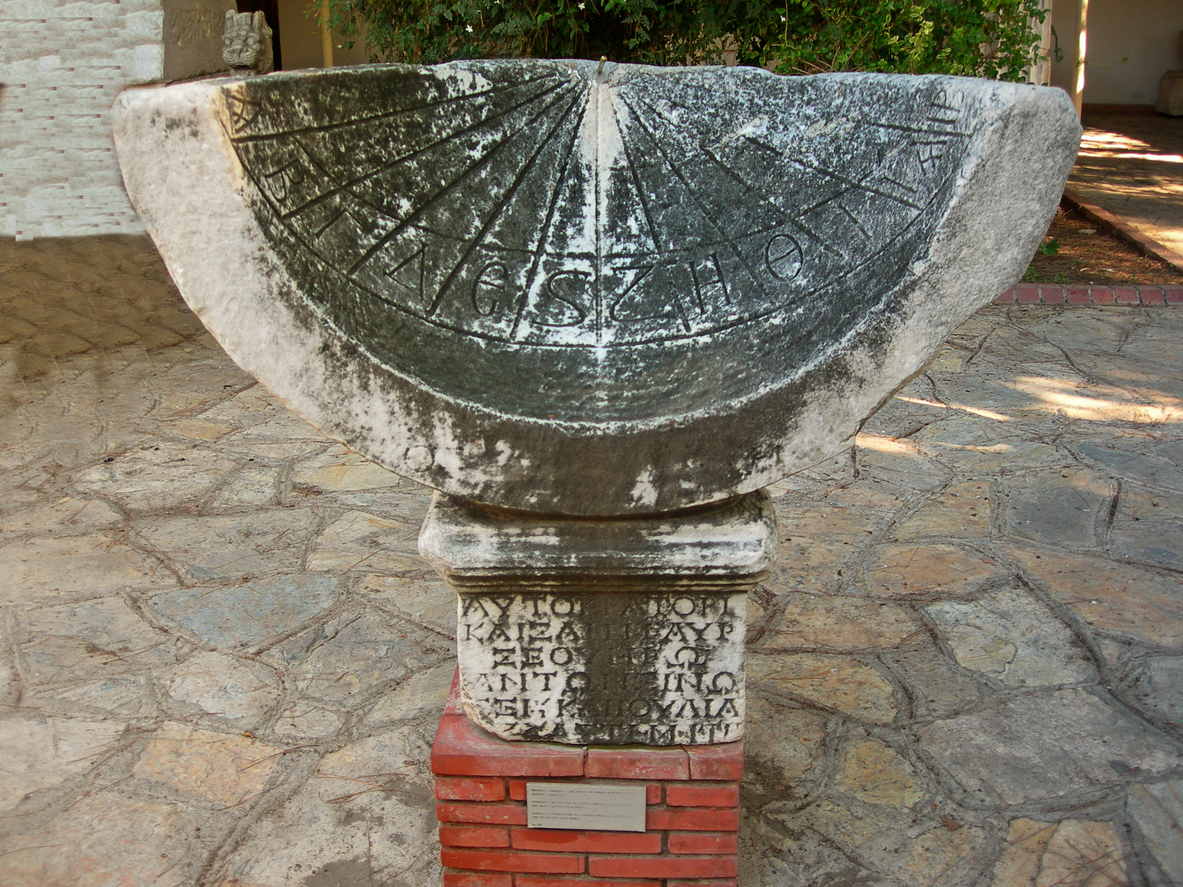The Julian Calendar
The Julian Calendar, introduced by Julius Caesar in 45 BCE, reformed earlier Roman calendar with a 365-day year and a leap year every four years. However, its slight inaccuracy caused it to drift from the solar year over centuries, leading to its replacement by the more precise Gregorian Calendar.

From Lunar to Solar Calendar
Before the Julian Calendar, the Roman calendar was lunar-based, relying on the moon's phases to track time. However, this system often led to inconsistencies, with months and seasons drifting over the years. Julius Caesar, recognizing the need for reform, introduced the Julian Calendar in 45 BCE. This solar-based system replaced the chaotic lunar calendar, aligning the year more accurately with the Earth's orbit and bringing order to timekeeping.
The First Widely Used Solar Calendar
The Julian Calendar was revolutionary as one of the first solar calendars adopted on a large scale. It divided the year into 365 days, distributed across 12 months. Caesar's advisors, influenced by Egyptian solar calendars, designed the system to better reflect the Earth's journey around the sun. This change allowed societies to synchronize agricultural practices and seasonal festivals with greater precision, making the Julian Calendar a cornerstone of timekeeping.
Leap Years: A New Innovation
To address the issue of the solar year being approximately 365.25 days, the Julian Calendar introduced leap years. Every fourth year, February gained an extra day, resulting in a year of 366 days. This innovation was a significant step forward, as it kept the calendar reasonably aligned with the solar year. It also ensured consistency across years, reducing confusion in planning and scheduling events.

The Problem of Too Many Leap Days
Despite its innovation, the Julian Calendar overestimated the length of a solar year by 11 minutes annually. Over centuries, this minor discrepancy added up, introducing an additional leap day approximately every 128 years. As a result, the calendar slowly drifted out of alignment with the seasons, causing critical dates, like the spring equinox, to shift gradually.
Realigning the Calendar With the Sun
By the 16th century, the cumulative drift of the Julian Calendar amounted to about 10 days, disrupting religious and seasonal observances. To resolve this, Pope Gregory XIII implemented the Gregorian Calendar in 1582. This new system adjusted the leap year rules, realigning the calendar with the solar year and restoring accuracy to timekeeping.
The Julian Calendar Today
Although replaced in most parts of the world, the Julian Calendar remains significant in certain cultural and religious contexts. Eastern Orthodox Churches, for example, still use the Julian Calendar to determine the dates of key religious festivals, such as Christmas and Easter. This results in differing celebration dates compared to those following the Gregorian Calendar, preserving its cultural importance.
The Julian Period: A Tool for Astronomers
In astronomy, the Julian Calendar gave rise to the Julian Period, a continuous count of days beginning on January 1, 4713 BCE. This system simplifies tracking celestial events, historical dates, and scientific observations. The Julian Day Number, derived from this period, remains a critical tool for astronomers and historians, enabling precise calculations across vast time spans.
Legacy of the Julian Calendar
The Julian Calendar marked a turning point in human history, transitioning societies from lunar-based to solar-based timekeeping. Its leap-year innovation and 365-day structure were monumental achievements, laying the groundwork for modern calendars. While its inaccuracies led to its eventual replacement, the Julian Calendar's influence endures in religious traditions, scientific systems, and historical records, highlighting its lasting significance.



